October 2017 Ideas and Innovation
Read the articles selected in October 2017
Ces chercheurs qui inventent demain
by Laure Belot
Source: Le Monde, 25 October
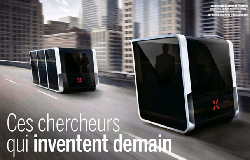
The international exhibition Hello Tomorrow Challenge, taking place every year in Paris is for young scientists running a business the occasion to find international investors for innovative projects. Startups have created an environment research-friendly and getting touch with the market.
Cutting edge
Source: The Independent, 22 October
Artificial intelligence is expected to sit onto the fireplace within 10 years, anticipating our eating needs and desires. The kitchen will be no longer the escape from a technical life. Recipes will be standardized and the food produced from farms to be handled by a robot.
San Francisco just took a huge step toward Internet utopia
by Susan Crawford
Source: Wired, 25 October

With the solution of a public-private partnership which has lowered the cost for customers without undermining the concurrence the city of San Francisco has issued a franchise to build a fiber network connecting all pupils, homes, business.
Read more:
https://www.wired.com/story/san-francisco-municipal-fiber/
Scientists find large cave on moon which could provide shelter for astronauts
by Andrew Griffin
Source: The Independent, 20 October
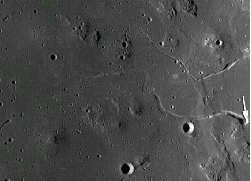
A lava tube stretched for 30 miles, discovered by the Japanese space agency, could host a permanent base for the colonization of the Moon and a Nasa mission which intends to use our satellite as a stop off for Mars.
Parents qui bataillent
by Agnès Leclair
Source: Le Figaro, 14 October
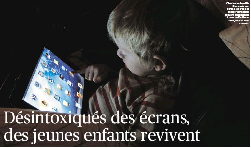
The increasing diagnoses of wrong autism diagnoses in children super exposed to the use of technological devices seem to outline a new form of addiction, which is going to concern in France the ministries for the national health and education.
Les tribunes de Mathieu Laine et de Sébastien Laye
by Éric de la Chesnais
Source: Le Figaro, 17 October
If the agriculture can’t be longer intensive, biological techniques can’t feed even the wealthiest countries at state of the art. Integrated farmlands result to be a more credible solution in answer to the challenges of the increasing urbanization and global warming.
De nouvelles ondes gravitationnelles résolvent un grand mystère astronomique
by Tristan Vey
Source: Le Figaro, 17 October
The gravitational waves triggered by the fusion of a pair neutron stars, which have crossed the Earth the last 17th August for one hundred seconds have allowed selecting the research area in the quest for the origin of the signal, culminated with the observation of a phenomenon so far just theoric: the kilonova.
A better way to search through scientific papers
Source: The Economist, 19 Ottobre
An updated version of Semantic Scholar, a program developed for biomedical research relying on a database of dozens million of papers for the purpose to ferret out the most relevant to a particular focus has been launched last week. This new edition counts up an AI network.
World could be powered by one offshore wind farm the size of India, finds study
by Andrew Griffin
Source: The Independent, 10 October
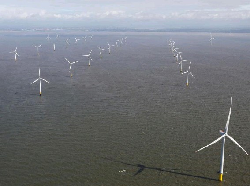
According to a new study, a wind farm built across the North Atlantic on a surface the size of India and exposed to the oceans wind speeds would generate an amount of electricity equivalent to more than six watts per square meter and could fulfill the energy needs of the planet.
In cities, it’s the smoke, not the fire, that will get you
by Megan Molteni
Source: Wired, 12 October

Smoke produced by the increasingly large and frequent wildfires related to global warming hits also cities, even far away from rural areas, and particulates, trapped in the streets in high amount together with urban smog, represent a public health threat, that needs high efficiency mechanical or electronic air cleaners.
Read more:
https://www.wired.com/story/smoke-from-wildfires-is-a-growing-public-health-crisis-for-cities/
Shaping smarter cities : assessing global challenges
Source: Wired

Innovation is reducing the consumption of energy, food, and water. As for ancient civilizations, the technique shapes how people live and addresses primitive needs. Technology is the hope of our cities to become better places. Its solutions can be scaled across the globe.
Read more:
https://www.wired.com/brandlab/2017/06/global-challenges
Instagram helps rekindle a love of poetry and a boom in sales
by Rob Walker
Source: The Guardian, 7 October
The immediacy in communicating, as it is allowed by the social media, changes the poetic writing forms. The spoken word defines the poetry of the young generations, creating a new interest and a taste thas produced record sales of books in verses in Britain last year.
Discovery that shook the world wins US scientists Nobel prize in physics
by Hannah Devlin & Ian Sample
Source: The Guardian, 4 October
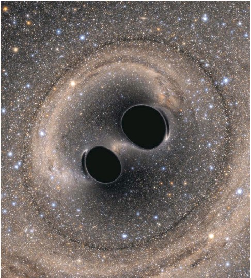
The discovery of gravitational waves, made possible through the Ligo experiment, has opened a new way to study our universe starting from a career gamble, based on an apparent mathematical illusion predicted by the relativity theory, and is the triumph of modern large-scale experimental physics.
Artificial synapses could lead to brainier, super-efficient computers
by Andreas von Bubnoff
Source: Wired, 4 October
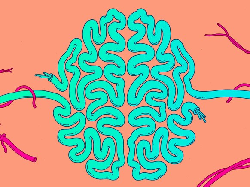
Researchers at the UCLA are building a computer inspired by the brain that is not as conventionally made of orderly patterned silicon circuitry, but it is a messily interconnected mesh that in its neuromorphic complexity concentrates 1 billion artificial synapses per square centimeter and has excellent functional potential.
Read more:
https://www.wired.com/story/brain-built-on-switches/
The robots are already here, and they’re made of flesh and bone
by Brett Frishmann & Evan Selinger
Source: The Guardian, 25 September
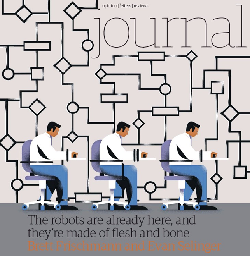
From the assembly line to the age of big data, technology has produced workers more and more automated and controlled.The digital version of Taylorism is an “algorithmic management” of information that promotes higher efficiency in the labor force but hides their value of being human.
Cryo-electron microscopy wins the Nobel Prize in Chemistry
by Matt Simon
Source: Wired, 4 October
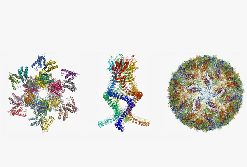
The discovery of a technique called cryo-electron microscopy has revealed the shape of biological molecules at an atomic resolution, opening a new era for the biochemistry that will help the medicine to understand many diseases.
Read more:
https://www.wired.com/story/cryo-electron-microscopy-wins-the-nobel-prize-in-chemistry/
Metascience: Reproducibility blues
by Marcus Munafò
Source: Nature, 29 March
Rigor Mortis by Richard Harris introduces to the new discipline of metascience – the scientific study of science itself- in a time when various perverse incentives in modern academia seem to undermine the scientific method, leading to a literature based on not reproducible and unreliable findings.
Read more:
http://www.nature.com/nature/journal/v543/n7647/full/543619a.html?foxtrotcallback=true
Counting on the world
Source: http://www.asvis.it/, 23 September

There is an urgent need for more and better quality data to monitor SDGs, as well as for governments’ and citizens’ planning and decision making. Only a system produced with the contribution of more actors, despite the legal barriers and methodological pre-conceptions, can help achieve sustainable development.
Robot teachers won’t replace us
by Aldwyn Cooper
Source: Times Higher Education, 25 September
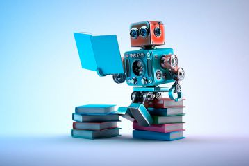
Artificial intelligence can’t replace the role humans have in communication. The transfer of knowledge involves values and social skills that make us citizens. Furthermore, technology doesn't take into account that we humans don’t learn all in the same way.
Katherine Johnson opens Nasa research facility named in her honour
by Ian Johnston
Source: The Independent, 25 September

One of the genial mathematicians recounted in the movie Hidden Figures has been honored by Nasa for her work that changed the history despite the fact that she had to struggle with racial segregation and sexist stereotype.
Info
- Pubblicato il : 19/12/2017 Modificato il : 04/04/2019
Allegati
- A base on the Moon pdf
- Artificial cuisine pdf
- Chercheurs de domain pdf
- De nouvelles ondes gravitationelles pdf
- Integrated agriculture pdf
- Intoxiqués pdf
- Instagram poetry pdf
- An offshore wind farm pdf
- Robots made of flesh and bone pdf
- Gravitational waves pdf
- Katherine Johnson
- Robot teachers wont replace us pdf
- Semantic Scholar pdf
- Counting on the world pdf

